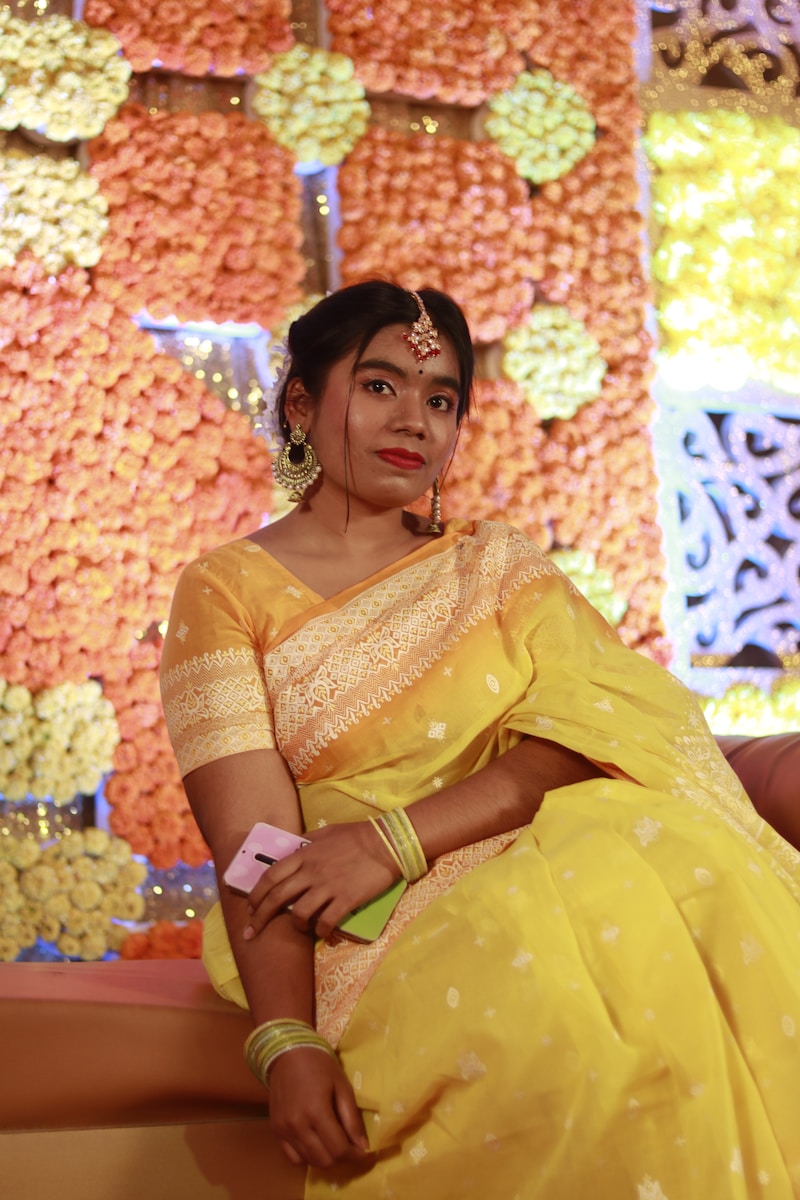Bridal Fashion as an Expression of Social Change: A Transformative Journey Through Time
Bridal Fashion as an Expression of Social Change: A Transformative Journey Through Time
Introduction
Bridal fashion has always been a reflection of societal norms and values, often acting as a mirror to social changes. As cultures evolve, so do the traditions surrounding weddings and bridal attire. This article explores how bridal fashion serves as an expression of social change, looking at various eras, cultural shifts, and iconic figures who have influenced this dynamic world.
The Historical Context of Bridal Fashion
Traditionally, wedding dresses were designed to reflect the status, ethnicity, and wealth of the bride's family. For instance, the classic white wedding dress, popularized by Queen Victoria in the 19th century, revolutionized bridal fashion. This groundbreaking choice signified purity and innocence but also marked the beginning of a shift in weddings as a celebration of love rather than merely a social contract.
| Era | Key Trends | Social Changes |
| Victorian Era | White gowns, lace, embellishments | Shift towards romantic ideals |
| 1920s | Flapper styles, shorter hemlines | Women’s liberation and the Jazz Age |
| 1960s | Colourful, unconventional styles | Counterculture movement and diversity |
| Contemporary Era | Customizable, unique designs | Individualism and gender inclusivity |
Bridal Fashion Across Cultures
Bridal wear varies significantly across cultures, embodying unique traditions and values. In India, for example, brides often don red or maroon saris adorned with intricate embroidery. This choice is steeped in cultural significance, symbolizing prosperity and fertility.  can also be seen as a representation of a woman's transition into societal roles within marriage, emphasizing both individuality and communal identity.
can also be seen as a representation of a woman's transition into societal roles within marriage, emphasizing both individuality and communal identity.
In contrast, a traditional Chinese bride might wear a qipao featuring rich reds and golds, symbolizing good fortune and joy. As societal views on marriage and gender roles evolve, however, many brides are starting to adopt Western styles or blend multiple influences into their attire, showcasing a fusion of tradition and modernity.
Icons of Bridal Fashion and Their Impact
Several high-profile figures have made significant impacts on bridal fashion through their personal styles. For example, the wedding of Princess Diana to Prince Charles in 1981 marked a pivotal moment in bridal fashion history, with her iconic, voluminous gown inspiring countless future designs.
Moreover, celebrity weddings today are often broadcast globally, pushing trends beyond local boundaries. For instance, Meghan Markle's simple yet elegant wedding dress in 2018 symbolized a break from royal tradition and spoke volumes about modern femininity. The decreasing emphasis on strict wedding dress codes reflects broader social attitudes toward inclusion and acceptance in marriage.
Bridal Fashion in the Context of Social Movements
Bridal fashion also plays a crucial role in various social movements. The feminist movement, for example, has encouraged brides to challenge conventional expectations. Brides now often choose to wear outfits that reflect their personal style rather than traditional norms. This shift represents a new era where women empower themselves through choice in their wedding attire.
Similarly, the LGBTQ+ rights movement has transformed bridal fashion in remarkable ways. Same-sex couples increasingly seek customized wedding attire that reflects their identities, leading to a diversification of styles and a greater acceptance of individuality within the wedding industry. The rise of gender-neutral wedding attire showcases how bridal fashion can break down traditional gender barriers.
The Role of Sustainable Bridal Fashion
As awareness of environmental issues grows, many brides are opting for sustainable fashion choices in their wedding attire. This trend marks a significant shift in consumer behavior, driven by a desire to minimize waste and promote ethical practices. Brands are responding with eco-friendly materials and vintage styles, offering alternatives that resonate with the modern bride's values.
Future Trends in Bridal Fashion
Looking forward, bridal fashion is likely to continue evolving in response to social changes. With advances in technology, virtual reality wedding shows, online consultations, and customizations are becoming standard. Brides are increasingly empowered to express their unique identities through innovative designs that break away from traditional styles.
Key Takeaways and Recommendations
In conclusion, bridal fashion serves as a significant expression of social change, reflecting cultural shifts, women's empowerment, and evolving societal norms. As future brides navigate their wedding planning, they must remember that their choice of attire can speak volumes about their values and individuality. Here are a few recommendations for brides-to-be:
- Embrace Individuality: Choose an outfit that truly reflects you and your values rather than adhering to societal expectations.
- Consider Sustainability: Explore eco-friendly options and vintage gowns to contribute positively to the environment.
- Research Cultural Significance: If incorporating cultural elements, ensure you understand their meanings and significance.
- Stay Informed on Trends: Follow current trends in bridal fashion to inspire your unique style.
Bridal fashion is not just about aesthetics; it embodies the spirit of the times. By embracing change, brides can create a memorable experience that resonates with their identity and values in a world that is always evolving.
